 Dear Teacher, Thank you for all of your hard work and dedication while teaching your students remotely. Most likely you have had to learn to use some type of new communication platform to stay connected with your students. If you're like me, maybe you have become a ZOOMER! Here are some FUN, FREE, VIRTUAL Games to keep students engaged while honing your ZOOMING skills! Happy Teaching! 1. Charades
Charades is a games that translates easily to Zoom. You can play as a whole class activity or split the class into teams. The student, or teacher, who's acting out the charade can use the Zoom "spotlight" feature. The class/team has one minute (or whatever time limit you want to use) to figure out the charade.
You can use this free Charades Idea Generator to choose your words and phrases or come up with them on your own. 2. Name, Place, Animal, ThingThis is one of my Zoom favorites and great fun for older kiddos. To play, pick a letter. Each student has to list a famous person's name, a place, an animal, and a thing that begins with that letter. The first person to type them into the Zoom Chat wins! 3. Bingo!
4. Taboo (Fantabulous)
5. tRIVIA
6. ScattergoriesScattergories is a fun game to play while Zooming with your students. To play, use this Free Game Generator and send each person a link to the game. The rules are simple: there is one letter and five categories (things like "school supplies," "book title," and "boy's name"). You have one minute to come up with a word that fits in each category and starts with the chosen letter. 7. Boggle
8. Scavenger Hunt
JeopardyLabs allows you to create a customized jeopardy template without PowerPoint. Building your own jeopardy template easy. Just use the simple editor to get your game up and running OR.... find a Jeopardy Game on Any Subject! You can browse other jeopardy templates created by other people and use for FREE! My students loved using this tool as review! Happy ZOOMING Teachers!
13 Comments
Games! Games! Games!Post may contain Affiliate Links.  Studies have shown that students who played games as part of their regular curriculum were significantly more engaged, and outperformed their peers on both factual knowledge and depth of knowledge. Learning games happen often in the classroom but let's bring the learning games home. Children learn best when they're having fun. Here are eight fun ideas to keep your kiddos engaged during distance learning or anytime you want to bring learning fun to the house. Put away that paper/pencil activity and let's get engaged! Four CornersThe "Four Corners" activity is a fun activity that takes very little preparation. Before doing the activity, you will want to create four signs, each with a different response on it, depending on what you want to practice with your child. Post each response sign in one of the four corners in a room of your home. Then pose a question to your child. For example, let's say you want your child to practice identifying short vowel sounds. I would create 4 signs, each with a different vowel and hang them around the living room. Then I would say a word for them to identify the vowel sound, like "bat". Instead of them just telling me it's a short a word, they would go to the corner that has the sign with "Short A" on it. Children will love the challenge of seeing how many they can get right and you can use this activity for any subject matter and to practice with any age. Below are some Four Corner ideas I have used with my own children. short vowels multiplication sight words geography long vowels division parts of speech historical figures number recognition subtraction text features historical events letter recognition addition fractions definitions Beach Ball
SwatterAll you need is a fly swatter and some flashcards. This is especially fun to practice sight words with younger kids. Tape the words to a wall or lay the words around the floor (if you don't want to put tape on the walls). Call out a sight word and your child has to smack the card with the swatter. Thwack! real world MonopolyThis idea came from one of my parent colleagues after we all had to transition to distance learning. She used the monopoly money from the game and applied the Monopoly game idea to real life. She gave her children "jobs" (household chores) and they got paid in Monopoly money. They have to deposit their "money" into the pretend Bank of Parents and keep track of their "accounts". Their children can use their "money" to pay for snack items and entertainment (tv time, tablet time, etc). The kids love it and are preparing for real world skills that they will use when they get older.
I hope some of these ideas help amp up the learning energy while at home. Add a timer or keep score during the learning games to keep them motivated. Anything can be turned into a game, so let the games begin! Many of us recently moved to virtual teaching for the first time. Teaching in a classroom is very different from teaching online. We are used to engaging students in person, but can we still be engaging through a laptop screen? Some of the ideas I will share to accomplish this come from my 15 years teaching experience in the classroom and the online platform, VipKid. (Click here for more information about VipKid- a web based platform for teaching English to Chinese children) Here are 2 things you must do to be a successful online teacher. #1: BE PROFESSIONAL #2: BE ENGAGING Let's dissect those two tips to understand what I'm talking about... #1 - Professionalism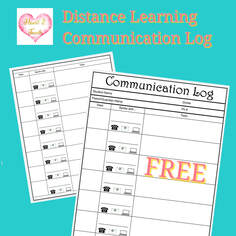
#2 - Engagement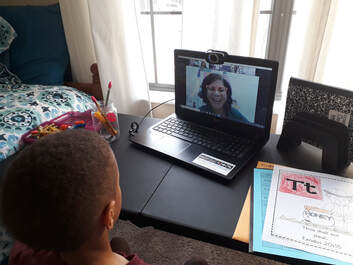
I hope these tips help make your transition into the virtual teaching world a little easier. To my fellow Educators, thank you for continuing to empower our children. Your dedication is MAGNIFICENT. Happy Teaching!
 There is one phrase you should never use when speaking to a child and “I said NO.” is not one of them... Why does what we say even matter? Well, once you’ve said something, there is no turning back. You can try to justify and apologize as much as you want but words cannot be un-said. Before you say something that will stifle a child’s dreams, ideas and aspirations, take your time and say what you mean and how you mean to say it because whatever comes out of your mouth can have lasting effects. Too often our children’s imagination for their lives are being snuffed out before they even have a chance to take steps to fulfilling their life’s adventure. When a child tells you they want to be an NBA player or an astronaut or the President of the United States…encourage them to do what they need to in order to make those dreams happen. The two words… YOU CAN'T. You can squash a child’s dream with those two words in an instant. Their dream becomes a tougher uphill battle from this point because not only are odds against them, but they may feel that their parents are too. Of course we want the best for our children but sometimes our two cents and opinions can do more damage than good. It may not be easy or immediate but your support alone will mean the world to your child growing up in 2019 and beyond where there are endless possibilities for them to have the adventure of their lives. Inside and outside of the classroom children are always watching and listening. Pay attention, be thoughtful and choose your words carefully. What you say and how you say it matter. Make a positive difference with your words. They may forget your name, but they will never forget how you made them feel. ~Maya Angelou
 "Can't Stop! Won't Stop! Don't Stop!" Those were the words my sister used while fussing at me about not taking care of myself. Yeah, I know… I know. The last time I had been to a Doctor of any kind was when I was pregnant....... five years ago. I know I'm not the only one guilty of not taking care of myself. Teachers, while we are superheroes, we are NOT invincible. When you are dedicated, motivated and determined to make a difference as a teacher, you pour all of your time, energy, resources and HEART into what you do. Last April my husband reminded me of an anecdote I had heard years ago which was, unfortunately, making an unpleasant appearance in my current life. Balls were falling all around me. You may have heard this anecdote before... We are living our lives juggling rubber and glass balls. As jugglers we try to keep all the balls in the air, but there are times when we "drop the ball". The concern comes when we think about the type of ball that falls…is it a rubber one or a glass one? It’s okay to let rubber balls fall because they can bounce back, for example if all the papers don’t get graded it’s not the end of the world. (think…File 13) The glass balls on the other hand are the ones you really want to take care of and pay attention to. Glass balls represent our friends, family, relationships, and you and your health. If a glass ball drops, it doesn’t bounce back. It breaks. Understandably, our priorities shift during the ebb and flow of our lives but placing too much neglect or giving too much attention in certain aspects of our lives can be detrimental to other balls we’re trying to balance. It’s okay to put the grade book down now and then. Although it’s a pain, make those sub plans so you can "take a day". Make that appointment you’ve been putting off. Take that well deserved and much needed mental break. Attend that get together with friends you haven't had a chance to spend time with. Some days, leave work at work! I know you’re trying to do it all, but realize if you don’t take care of yourself first you won’t be juggling anything. Make time to rest, refresh, reflect, reignite…and in some cases reconsider.  BALANCING ACTION STEPS... Prioritize Career & Personal “Non-Negotiables”- Separate your non-negotiables from other tasks that are not as important. Schedule time for personal “To-Do List”- Schedule 20 minutes per day to knock out small personal tasks. (This includes scheduling personal appointments you keep putting off.) Set Boundaries- Be intentional about your time. Work productively and don’t over do it. In other words, do fewer things, better. Make time to do things that bring you joy. Need help conquering your to-do list and reaching your goals? Check out the Ultimate Productivity Bundle and free up more time for yourself! 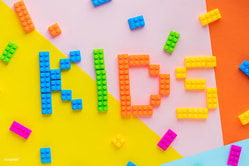 Before I began teaching 14 years ago I imagined sweet little boys and girls who would hang onto my every word and do everything I asked…was I ever wrong! Student behavior challenges are happening in classrooms across the country. Learning what I like to call the “Three Rs” changed me, my students and the classroom atmosphere. Number One - Routine Classroom management begins with routines and procedures. You must have a routine in place from the moment your students walk through the door. But it only works with consistency, consistency, consistency. Just as GPS helps navigate us to our destination, routines help you maintain order and help students navigate through their day. Disruptions are minimized when there is an activity in place for every part of the day. Down-time is wasted learning time and an opportunity for kids to “be kids”. Number Two - Relationship Get to know your students. Ask them questions and show interest. Knowing what they care about, what their hobbies are, etc will reveal valuable information that you can use to inspire their learning. It lets your students know that they matter to you. I remember having 60-second conferences with each student, every day. It usually took no more than 20minutes and I allowed the student to share whatever they liked with me. We made a rule that no one could interrupt a conference. The students loved it and will love having you all to themselves. That little bit of undivided attention made all the difference. Students work hard for teachers they love and building a positive teacher-student relationship will make classroom management that much easier.  Number Three - Reward Recognize and acknowledge good behavior. Praise and rewards keep students alert and looking for your “shout out”. Give it to them and acknowledge positive behavior when it happens. High fives, class chants, and SMILING… yes smiling, make all the difference. I frequently keep a bag of mini marshmallows with me in the classroom. You’d be amazed at how hard a student will work for a marshmallow, seriously. Whenever I pulled the bag out and set it on the front table, chairs pulled up to the desks and backs became a little straighter, and their eyes followed me like a hawk. The delivery of the lesson flowed because I had their undivided attention. The power of a marshmallow, who knew? The goal is to instill positive behavior and so the reward should not always be tangible. We want students to behave because they are supposed to and not just because they may receive a material (or edible) reward. There are plenty of Non-Tangible rewards to provide students to inspire their best self… extra tablet time for example, eating lunch with the teacher, a homework pass, and more. You'll find twenty-five of my favorite non-tangible rewards to pull from that you can Download Now for your reference. Need a personal behavior chart to help your student set goals and track their progress? Check out these Individual Behavior Charts. Please comment below to share what has worked for you! I’m always looking for new and fresh ideas to put in my bag of classroom management tricks. |
|
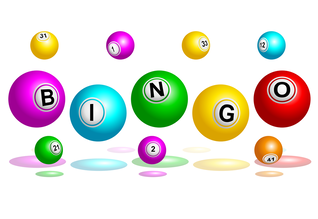


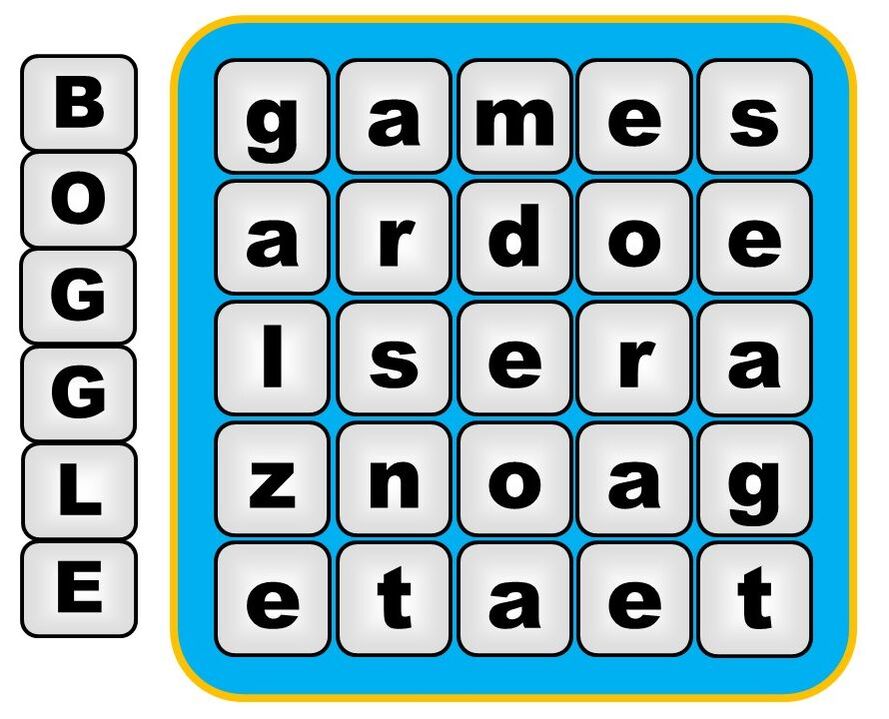
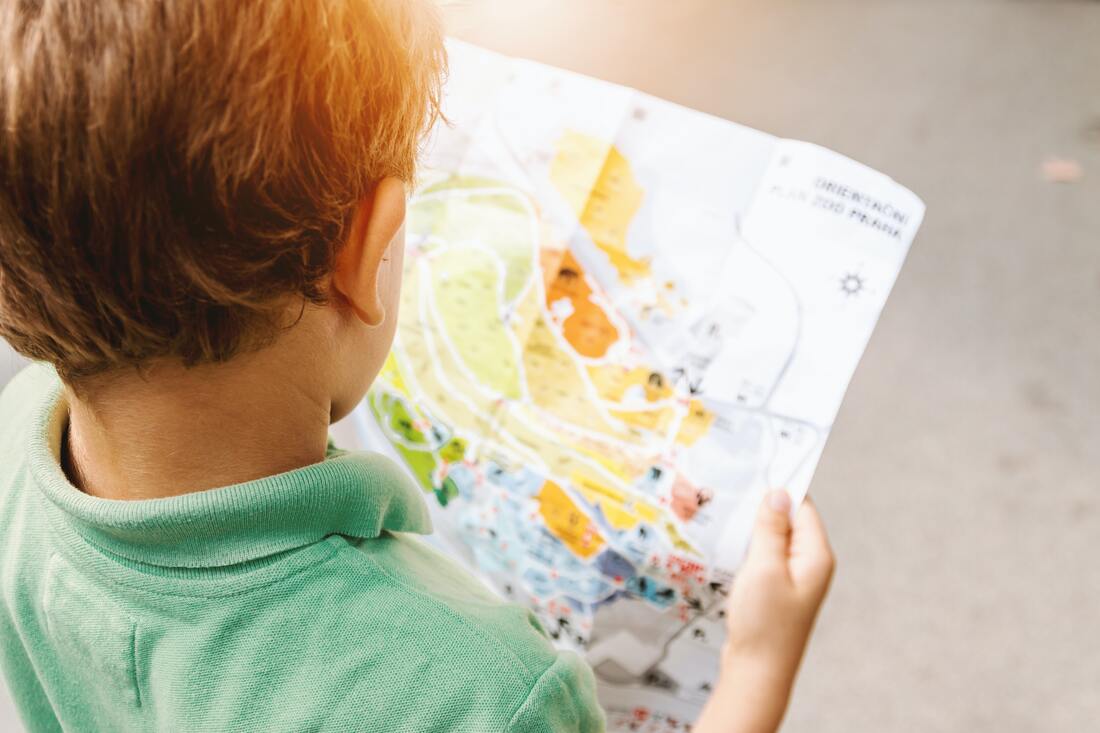

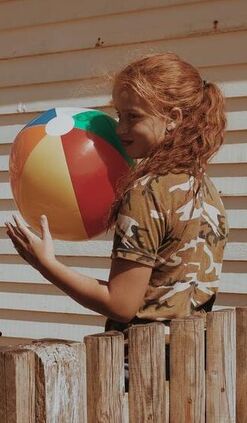





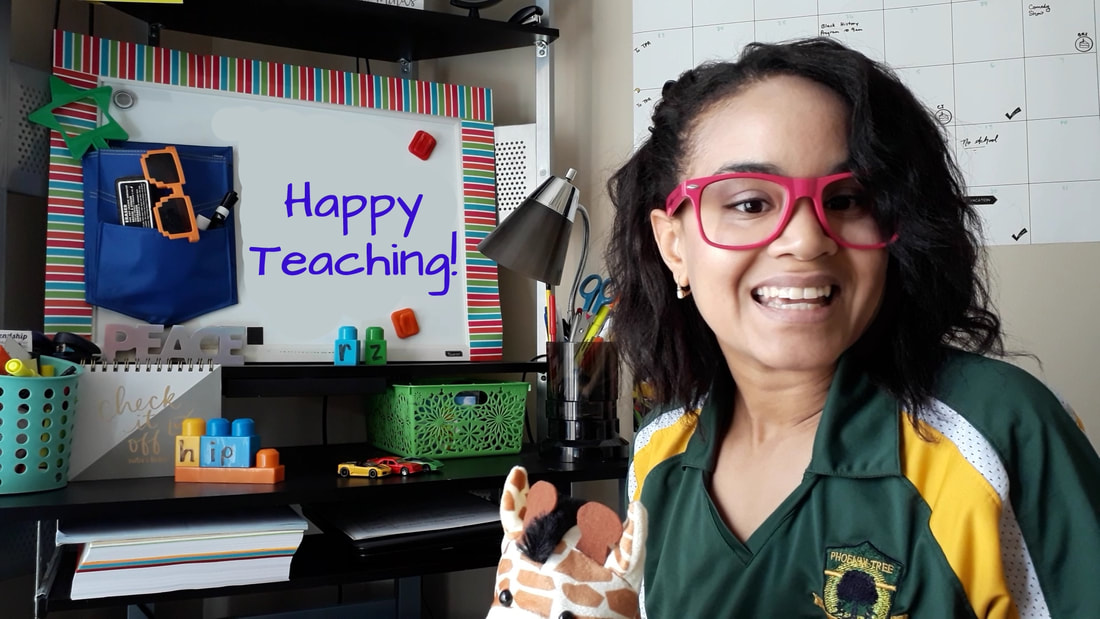
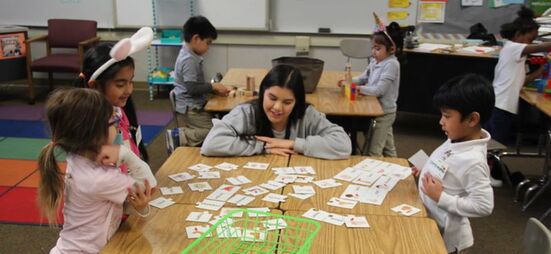



 RSS Feed
RSS Feed

